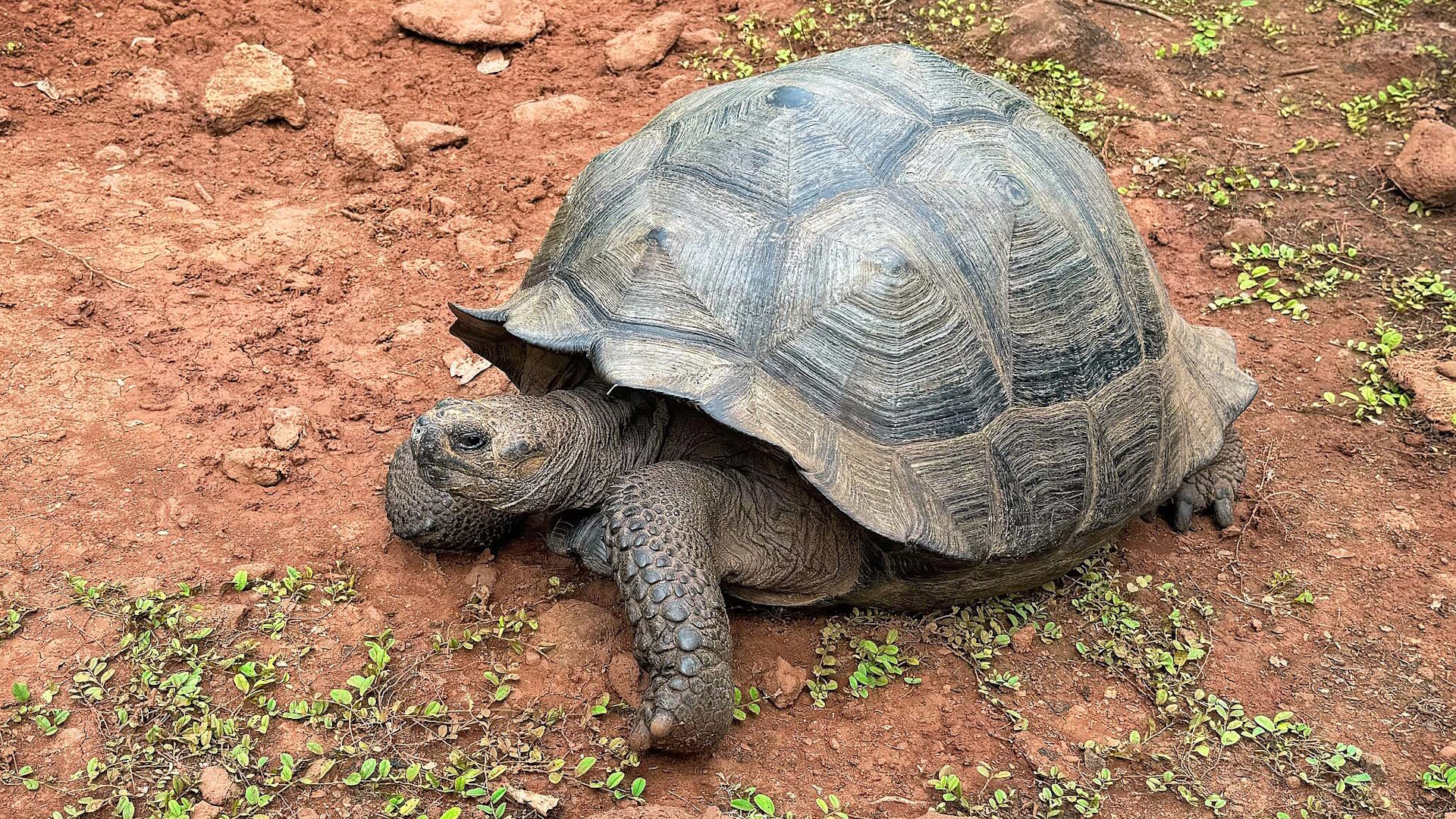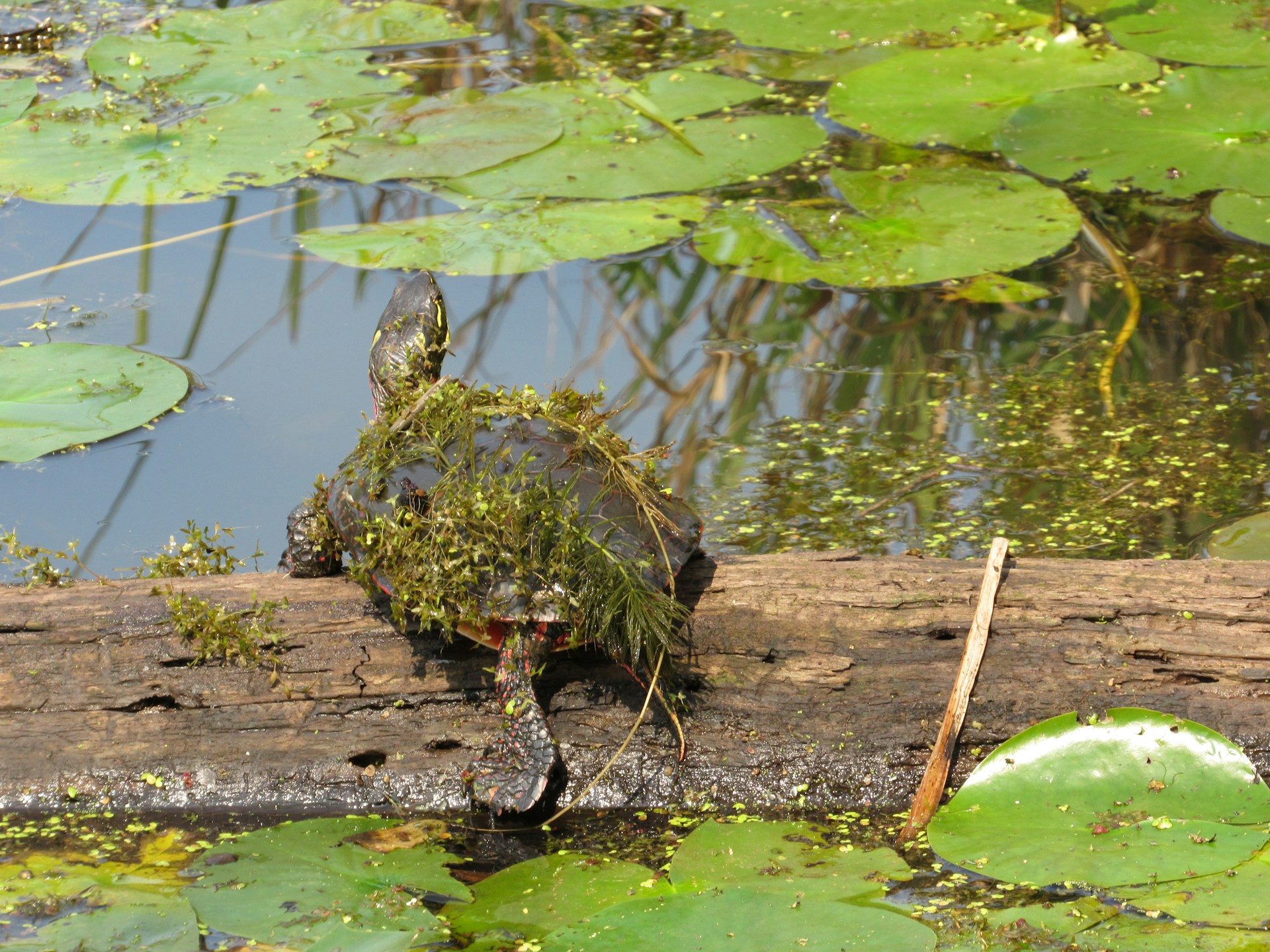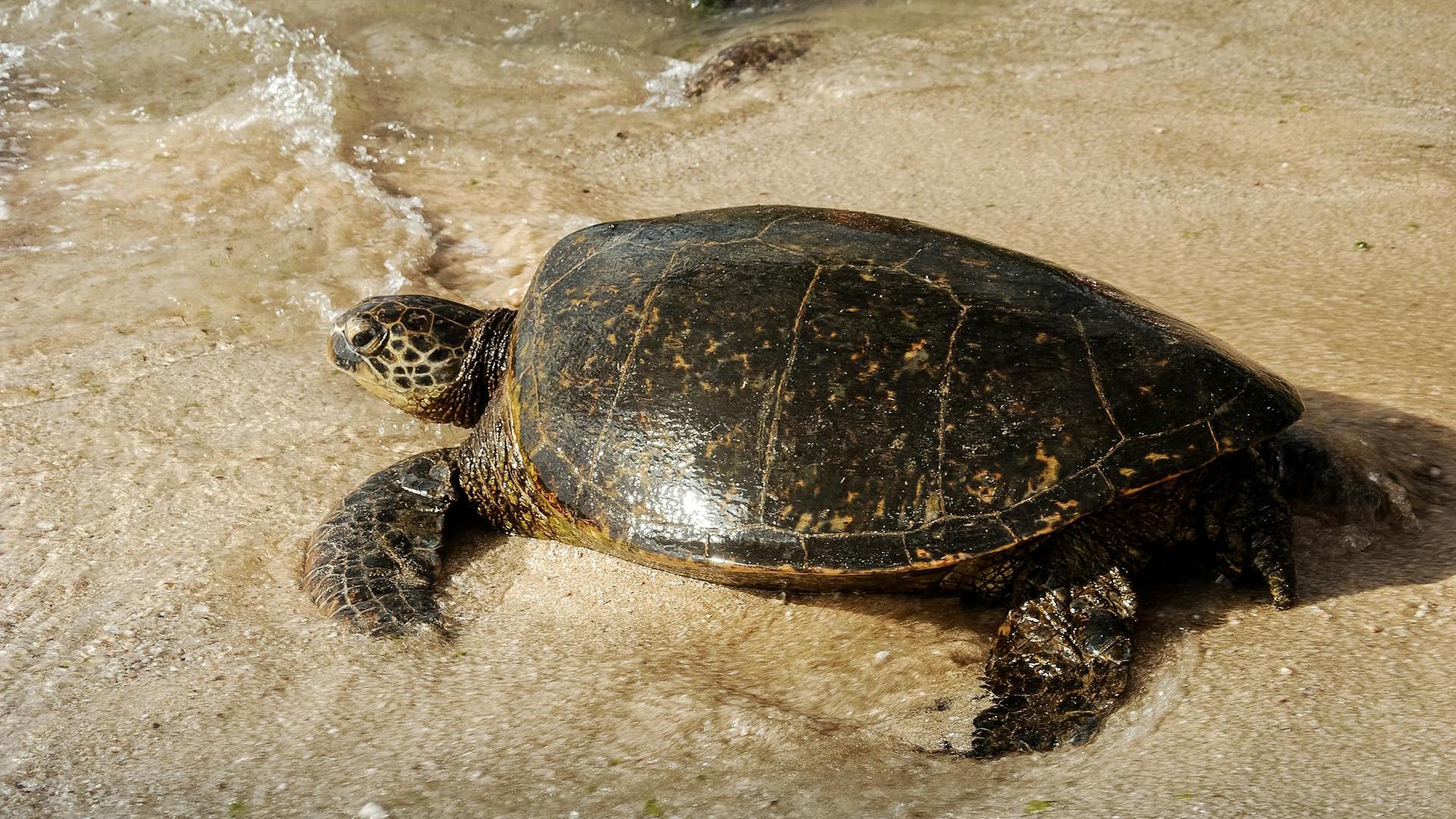In the harsh, unforgiving landscapes where temperatures soar by day and plummet by night, where rainfall is scarce and vegetation sparse, a remarkable creature has evolved to not just survive, but thrive. The desert tortoise, with its dome-shaped shell and ancient lineage, stands as a testament to nature’s ingenuity in the face of extreme conditions. These remarkable reptiles have developed fascinating adaptations over millions of years, allowing them to withstand scorching heat, minimal water access, and limited food resources. Their story is one of resilience, patience, and evolutionary brilliance—a masterclass in desert survival that has enabled these slow-moving creatures to persist in some of Earth’s most challenging environments long before humans walked the planet.
Desert Tortoise Species: Masters of Arid Environments
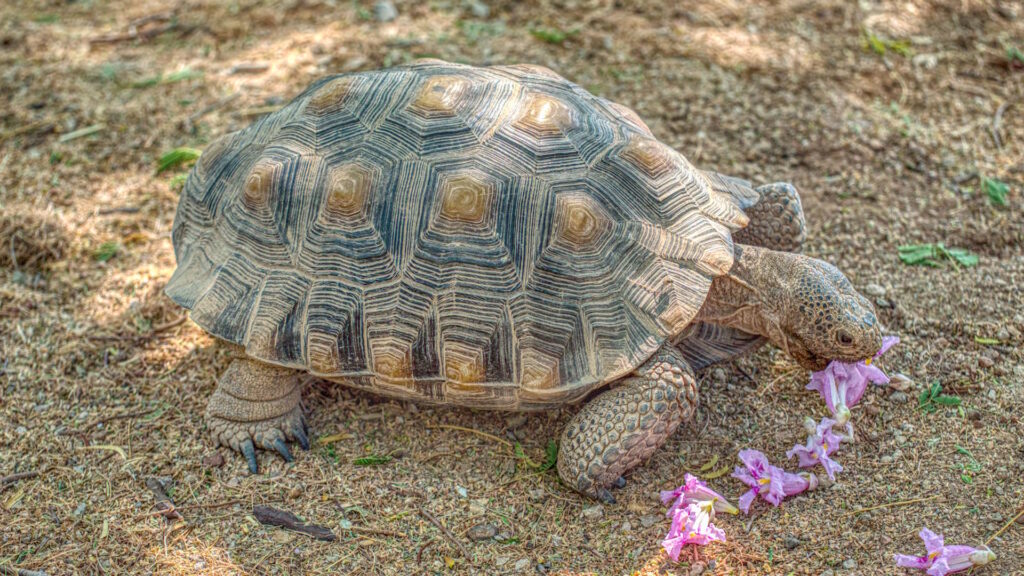
Several tortoise species have adapted specifically to desert conditions, with the most notable being the North American desert tortoise (Gopherus agassizii) found in the Mojave and Sonoran deserts, and the African spurred tortoise (Centrochelys sulcata), native to the southern edge of the Sahara desert. The Egyptian tortoise (Testudo kleinmanni), one of the smallest tortoise species, has adapted to life in deserts of North Africa and the Middle East. The Bolson tortoise (Gopherus flavomarginatus) of the Chihuahuan Desert in Mexico represents another remarkable desert specialist. Each of these species has evolved unique adaptations specific to their native desert regions, demonstrating how different evolutionary paths can lead to successful desert survival strategies.
Anatomical Adaptations for Extreme Heat

Desert tortoises possess specialized anatomical features that protect them from extreme temperatures that would be lethal to other creatures. Their high-domed shells act as efficient heat reflectors, redirecting the sun’s intense rays while providing an insulated internal environment. The shell’s pale coloration in many desert species helps reflect rather than absorb solar radiation, functioning as natural temperature regulation. Desert tortoises also have specialized scales on their forelimbs that help them dig burrows quickly and efficiently, allowing escape from surface temperatures that can exceed 140°F (60°C). Perhaps most impressively, these reptiles can tolerate body temperatures up to around 104°F (40°C), far higher than many other reptiles, thanks to specialized proteins that remain stable at temperatures that would denature those of other species.
Water Conservation Mechanisms

Desert tortoises are masters of water conservation, employing multiple physiological strategies to survive in areas receiving as little as 2-4 inches of rainfall annually. Their most remarkable adaptation is the ability to store water in specialized bladder chambers, which can hold fluid equivalent to up to 40% of their body weight when fully hydrated. These tortoises produce highly concentrated urine to minimize water loss during elimination of metabolic wastes. They extract maximum moisture from their food items, processing plant materials with extraordinary efficiency to harvest every possible drop of hydration. During rainfall events, desert tortoises will often emerge quickly from their burrows to drink directly from puddles or depressions, and their shell shape even helps channel rainwater toward their mouth—a natural rainwater harvesting system millions of years in the making.
Burrow Engineering: Underground Sanctuaries
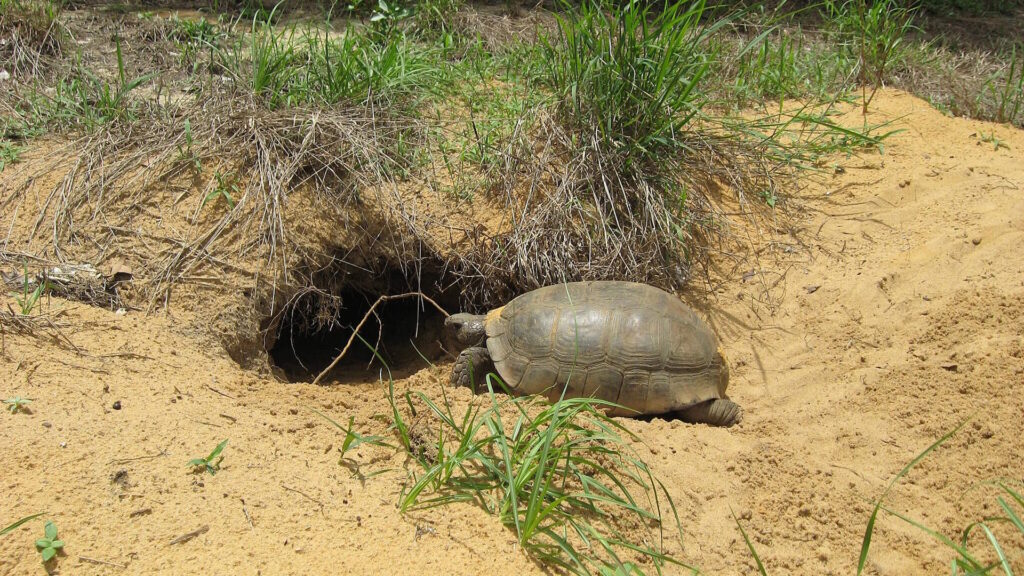
Desert tortoises are accomplished engineers, creating elaborate burrow systems that serve as lifesaving refuges from extreme temperatures. These burrows can extend 3-30 feet horizontally into banks or hillsides, maintaining remarkably stable temperatures around 70-80°F (21-27°C) even when outside temperatures fluctuate wildly. A single tortoise may maintain multiple burrows throughout its territory, using different ones seasonally or as temperature conditions change. These underground sanctuaries benefit not just the tortoise but serve as microhabitat for numerous other desert species—from small mammals to insects and reptiles—creating biodiversity hotspots in the harsh desert landscape. The humidity inside these burrows is significantly higher than outside, helping tortoises reduce water loss through respiration and providing essential moisture for their skin and shell health.
Metabolic Adaptations and Brumation
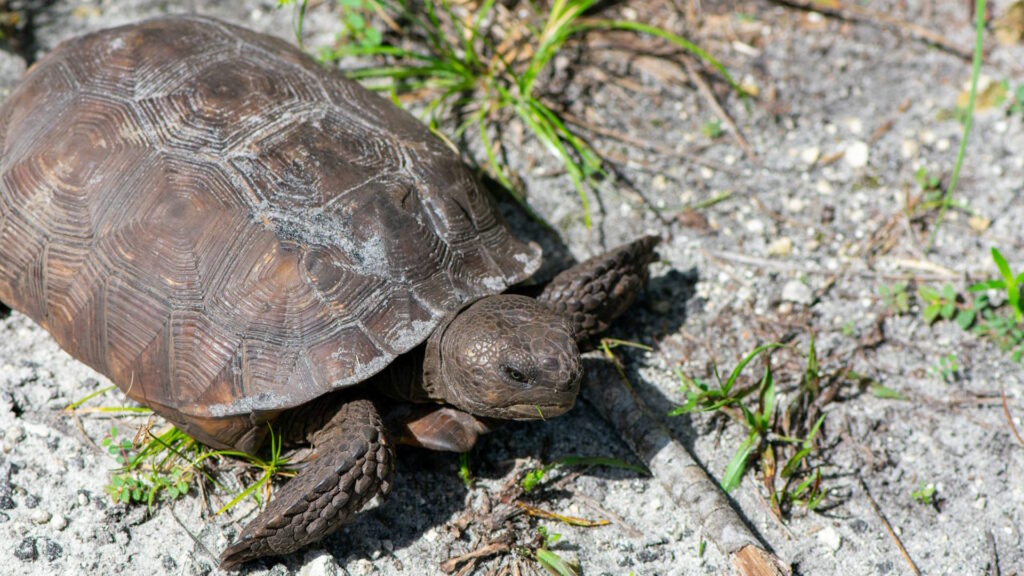
Desert tortoises possess remarkable metabolic flexibility, dramatically adjusting their physiological functions to match resource availability. During extreme heat or drought, they can enter estivation—a dormant state where metabolism slows dramatically, reducing water loss and energy requirements. In colder winter months, these tortoises enter brumation, a reptilian form of hibernation, remaining in their burrows for weeks or months while living off stored fat reserves. Their heart rate can drop from about 25 beats per minute to just a few beats per minute during these dormant periods. When active, desert tortoises maintain unusually low metabolic rates compared to other reptiles of similar size, allowing them to survive on minimal caloric intake. This metabolic efficiency represents one of their most crucial adaptations to unpredictable desert food availability.
Dietary Specialization in Sparse Environments
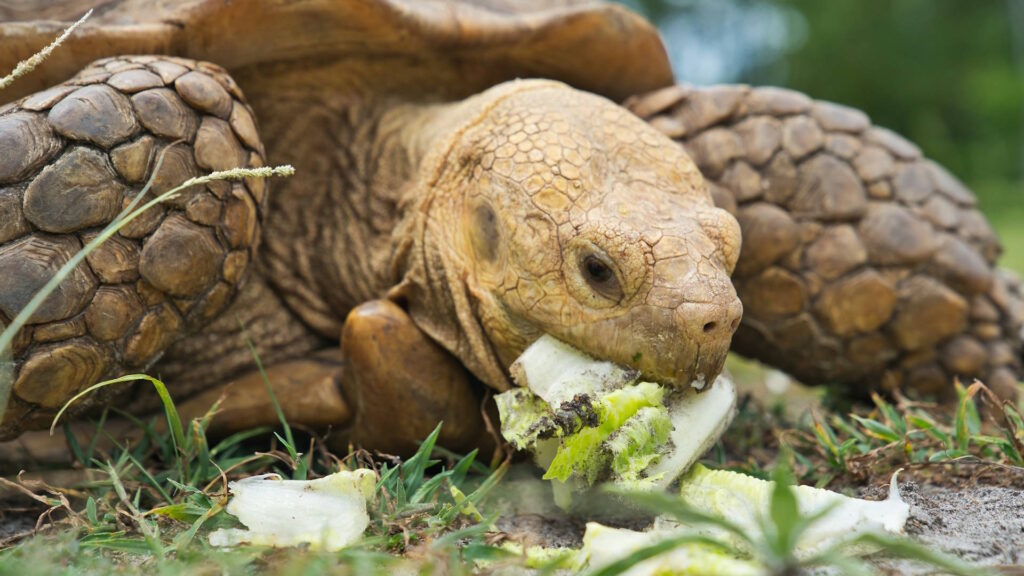
Desert tortoises have evolved specialized dietary habits to extract maximum nutrition from the limited plant life in their arid habitats. They are primarily herbivorous, consuming a diverse array of desert vegetation including cacti, grasses, wildflowers, and shrubs that other herbivores often avoid. Their digestive systems contain specialized gut flora that help break down tough plant fibers and extract nutrients from vegetation with high fiber and low nutritional content. During brief desert blooming periods following rains, tortoises will gorge themselves on ephemeral plants, effectively “tanking up” on nutrition that must sustain them through leaner times. Some desert tortoise species have evolved powerful jaw muscles and sharp beaks that allow them to consume tough, fibrous vegetation that provides both nutrition and valuable water content—a critical combination in desert survival.
Reproductive Strategies in Harsh Conditions
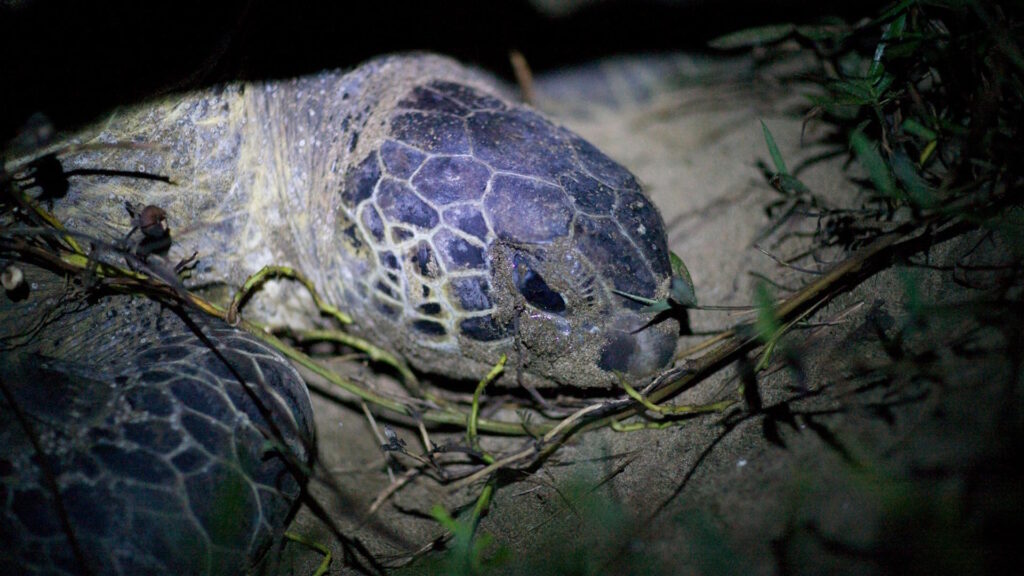
Desert tortoises have developed reproductive timing that aligns precisely with the brief windows of resource abundance in arid environments. Females typically lay eggs after seasonal rains when vegetation is most plentiful, ensuring hatchlings emerge when food availability is at its peak. Their eggs possess specialized adaptations, including flexible shells that allow for gas exchange while minimizing water loss in the dry desert soil. Female tortoises often dig nest chambers in locations that provide optimal temperature regulation through solar heating, determining the sex of offspring through temperature-dependent sex determination. Perhaps most remarkably, some desert tortoise species exhibit egg retention, allowing them to delay laying if environmental conditions are unfavorable—a critical adaptation to the unpredictable nature of desert precipitation patterns.
Longevity: The Advantage of Living Slowly
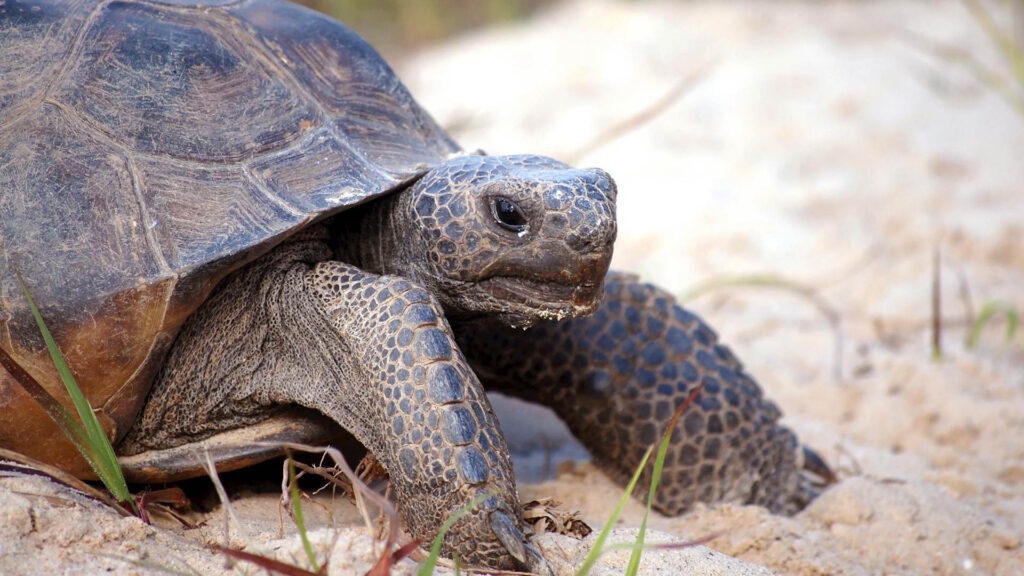
Desert tortoises are among the longest-lived terrestrial creatures, with documented lifespans exceeding 50-80 years in the wild and some individuals potentially living over a century. This extraordinary longevity represents an evolutionary adaptation to boom-and-bust desert cycles, allowing individuals to survive through multiple drought periods and reproduce during the infrequent favorable years. Their slow growth rate and delayed sexual maturity—often taking 15-20 years to reach reproductive age—are perfectly suited to environments where resources are unpredictable but recur over long time scales. The shell of an elderly desert tortoise carries a living historical record of environmental conditions, with growth rings reflecting periods of abundance and scarcity throughout their remarkable lifespans. This extreme longevity strategy gives desert tortoises a unique resilience against the harsh unpredictability of desert ecosystems that would doom shorter-lived species.
Behavioral Thermoregulation
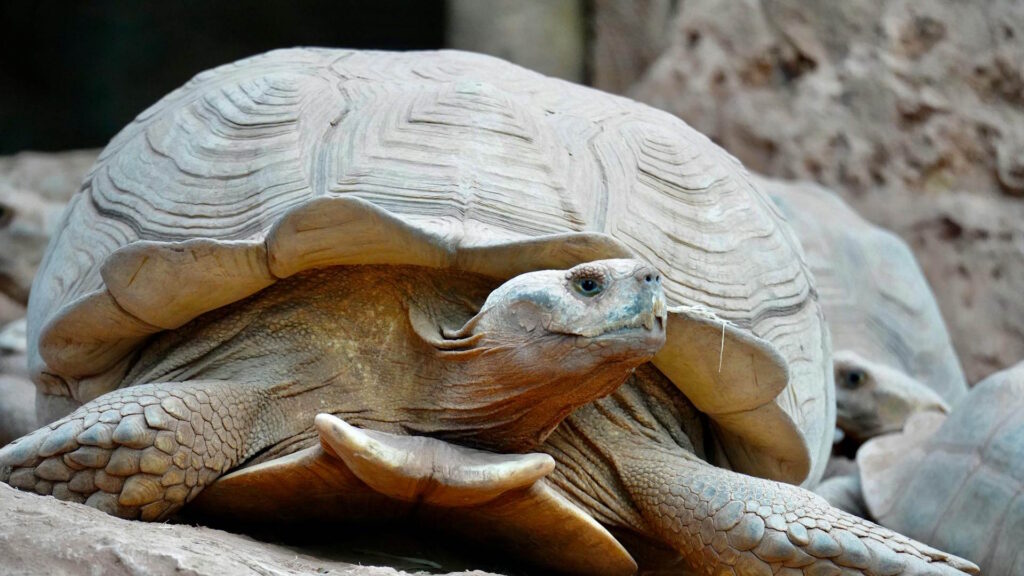
Desert tortoises employ sophisticated behavioral strategies to maintain optimal body temperatures in environments with extreme thermal fluctuations. During summer mornings, tortoises emerge from their burrows to bask and raise their body temperature, but retreat underground before midday heat becomes dangerous. In cooler seasons, they may adjust their active periods to the warmest parts of the day, maximizing digestive efficiency and mobility. Some desert tortoise species will orient their bodies precisely to minimize or maximize sun exposure as needed, effectively using their shell as a solar panel or shade structure. When overheated, desert tortoises can elevate their bodies off the hot ground surface, reducing conductive heat transfer from the scorching sand or stone beneath them—a behavior known as “stilting” that creates cooling airflow underneath their shell.
Conservation Challenges in Changing Deserts
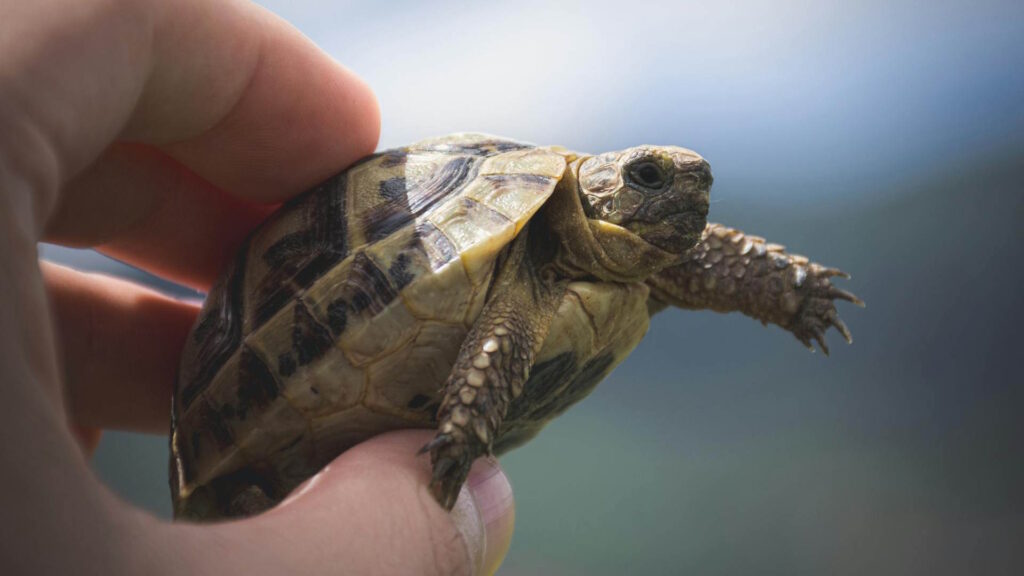
Despite their remarkable adaptations, desert tortoises face unprecedented threats from habitat destruction, climate change, and human activities. Urban development has fragmented critical habitat, while off-road vehicles damage fragile desert soils and destroy the vegetation tortoises depend upon. Introduced predators like ravens prey on vulnerable juvenile tortoises, whose shells haven’t yet hardened enough for protection. Disease has devastated some populations, particularly upper respiratory tract disease which spreads rapidly when tortoises are stressed or unnaturally concentrated. Climate change presents perhaps the greatest long-term threat, as increasing temperatures and changing precipitation patterns push even these desert specialists beyond their adaptive capabilities. Conservation efforts include habitat protection, predator management, and head-starting programs where young tortoises are raised in protected environments until their shells harden enough to provide effective protection.
Cultural Significance Across Desert Societies
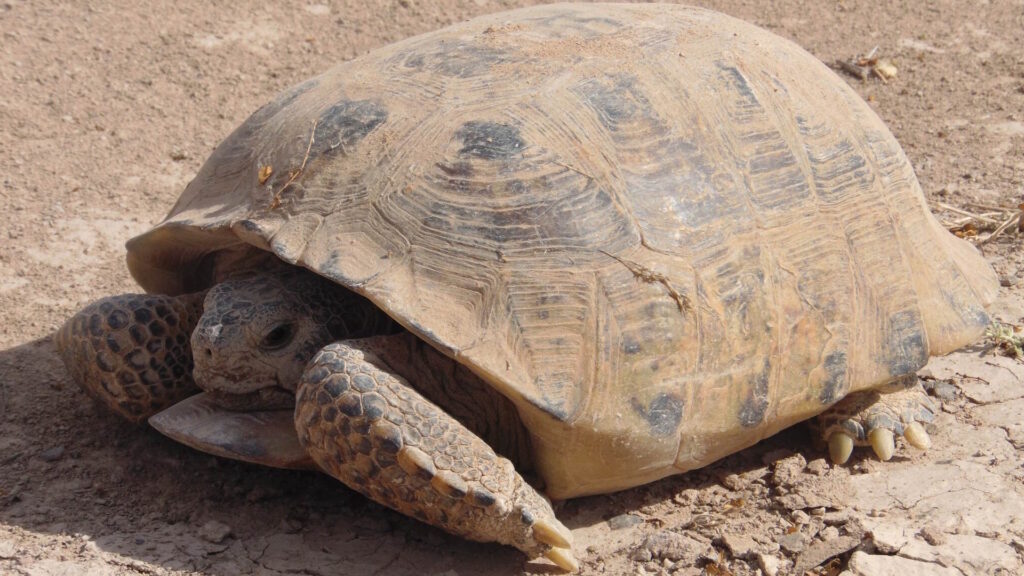
Throughout human history, desert tortoises have held profound cultural significance for indigenous peoples living in arid regions. Many Native American tribes from the southwestern United States considered the desert tortoise a sacred animal, featuring prominently in creation stories and traditional ecological knowledge. In North African cultures, the desert tortoise symbolized longevity, patience, and resilience—qualities abundantly evident in the species’ biology. Desert tortoise shells and bones have been discovered in archaeological sites dating back thousands of years, used for ceremonial purposes, tools, and decorative items. Their reliable presence near water sources made them important navigational markers for desert travelers in traditional societies, highlighting the deep interconnection between human desert cultures and these remarkable reptiles that mastered arid living long before humans appeared on Earth.
The Desert Tortoise as an Ecosystem Engineer

Beyond their individual adaptations, desert tortoises function as keystone species that significantly shape their arid ecosystems. Their burrows create microhabitats that support dozens of other species, from insects and reptiles to small mammals, increasing local biodiversity dramatically. As they move through the landscape, tortoises disperse seeds of desert plants in their droppings, contributing to vegetation distribution and recovery after droughts. Their selective grazing influences plant community composition, potentially maintaining a greater diversity of plant species than would exist without their presence. During breeding season, male tortoises create distinctive depressions called “pallets” that later collect rainwater, forming ephemeral pools critical to many desert organisms. This role as ecosystem engineers makes desert tortoises particularly valuable from a conservation perspective, as protecting one species yields benefits for entire desert communities.
Conclusion
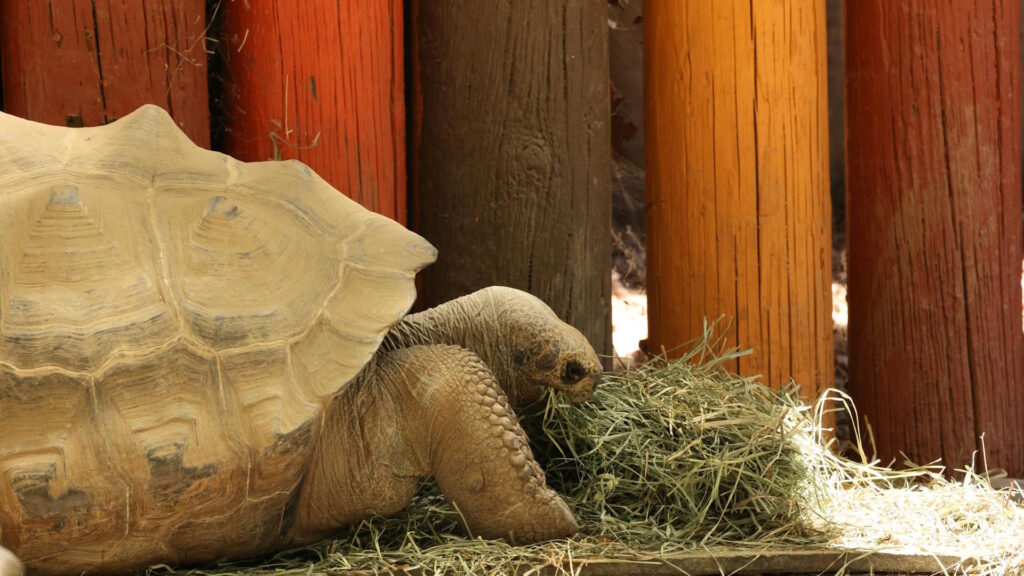
The desert tortoise stands as a masterpiece of evolutionary adaptation, perfectly attuned to the extreme challenges of arid environments through millions of years of natural selection. Their specialized anatomy, physiology, behavior, and ecology represent the pinnacle of desert survival strategies in the reptile world. As climate change transforms our planet’s deserts, making them hotter and often drier, these remarkable creatures serve both as indicators of ecosystem health and as inspiration for human innovation in water conservation and sustainable living. By studying and protecting these desert specialists, we gain not only valuable scientific knowledge but a deeper appreciation for life’s remarkable capacity to find solutions to seemingly impossible environmental challenges. The desert tortoise reminds us that sometimes the most unassuming creatures possess the most extraordinary adaptations—patiently perfected over evolutionary time scales far exceeding our own brief presence on Earth.

